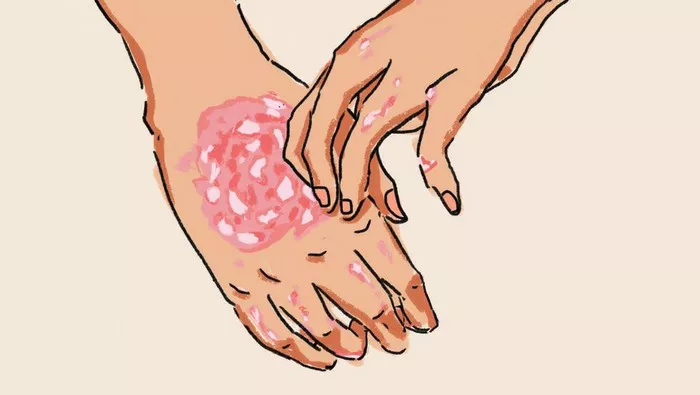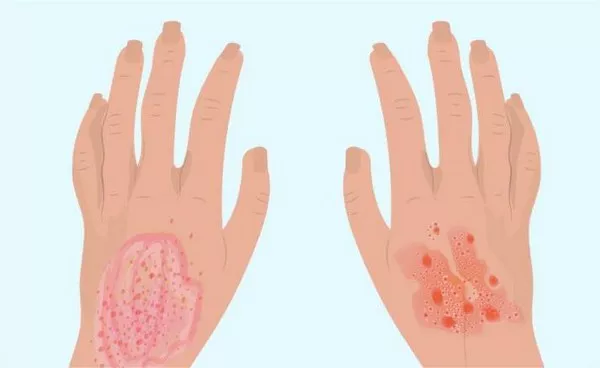As the summer heat intensifies, so do a variety of health concerns, from dehydration to skin issues like acne and infections. Among these, heat boils, though less common, afflict those who sweat profusely and neglect hygiene practices. Yet, there’s a lingering belief among some individuals that certain dietary choices, notably indulging in seasonal fruits like mangoes, may contribute to the onset of these painful skin conditions. To unravel the truth behind this claim, OnlyMyHealth sought insights from Dr. Vichitra Sharma, a Consultant Dermatologist at Amrita Hospital, Faridabad.
Dr. Sharma elucidated that boils, painful and contagious skin infections, stem from the bacterium Staphylococcus aureus and are more prevalent during the summer months due to increased perspiration fostering a conducive environment for bacterial proliferation. These infections typically manifest when bacteria infiltrate hair follicles or minor skin abrasions, leading to localized inflammation.
Contrary to popular belief, boils are relatively rare, with only about three out of 100 individuals seeking medical attention for skin infections exhibiting boil symptoms, as reported by InformedHealth.org. Identifying boils involves recognizing swollen, tender bumps ranging from the size of a cherry stone to that of a walnut, often accompanied by warm, inflamed skin and the presence of yellowish pus.
Regarding the purported link between mango consumption and heat boils, Dr. Sharma debunked the notion, labeling it as largely a myth. “While mangoes are often associated with being ‘heaty’ in traditional beliefs, there’s scant scientific evidence directly implicating them in boil formation. Boils primarily result from bacterial infections rather than dietary intake of specific fruits,” she emphasized.
Factors such as inadequate hygiene, friction from clothing, and pre-existing skin conditions are more plausible contributors to boil development, exacerbated by warm weather conditions. However, Dr. Sharma cautioned that the high sugar content in mangoes could potentially exacerbate acne breakouts, citing the concept of Glycemic Index (GI) as the underlying mechanism. Mangoes, with a medium GI ranging between 41 and 60 depending on variety and ripeness, can modestly elevate blood sugar levels.
To mitigate any adverse effects, Dr. Sharma recommended consuming mangoes in moderation, alongside low-GI foods, as part of a balanced diet rich in lean proteins and healthy fats. Additionally, she advocated for dietary choices emphasizing hydration and nutrient-rich options like watermelon, cucumber, oranges, and berries, particularly during the scorching summer months. Fruits abundant in vitamin C, such as strawberries and kiwis, were highlighted for their immune-boosting and skin-repair properties.
Lastly, Dr. Sharma advised precautionary measures such as soaking mangoes before consumption to remove potentially harmful residues like calcium carbide and excess phytic acid, which may trigger allergic reactions. As temperatures soar, prioritizing hydration and nutrient intake through hydrating fruits becomes imperative to safeguard against skin ailments amidst the relentless summer heat.
Related Topics:

























